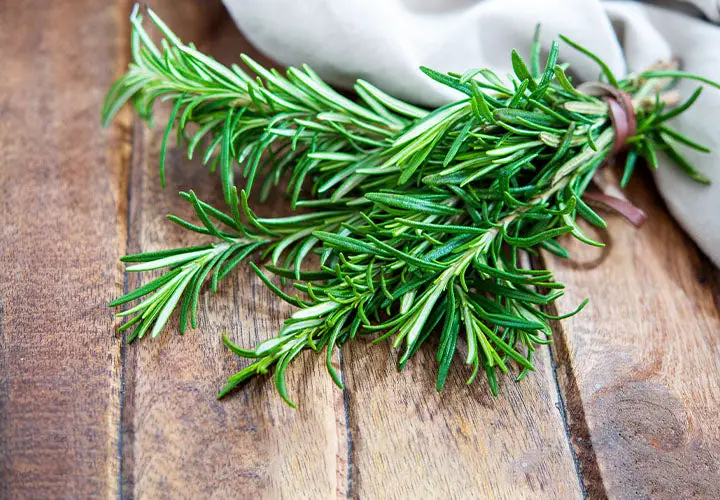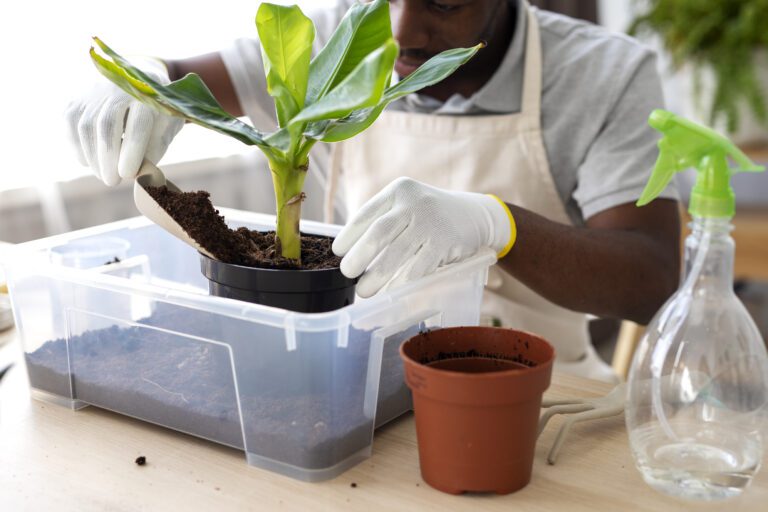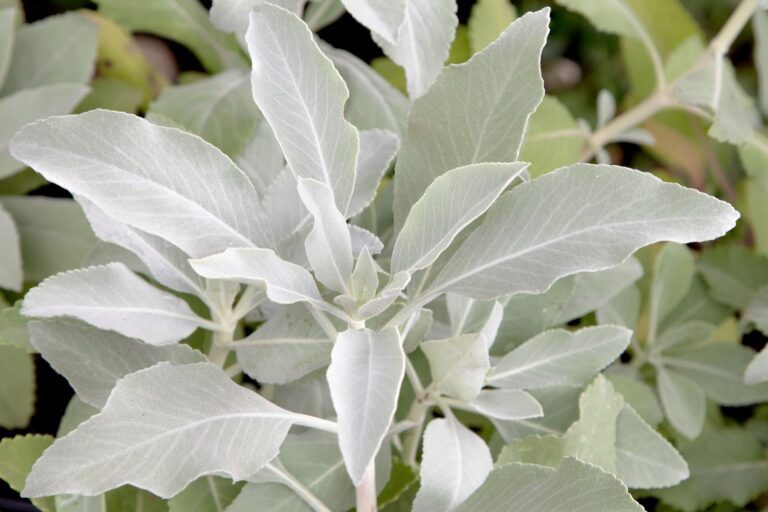Tomato Leaf Troubleshooting: Best Curling Causes and Solutions
Table of Contents
Possible Causes of Tomato Leaf Curling
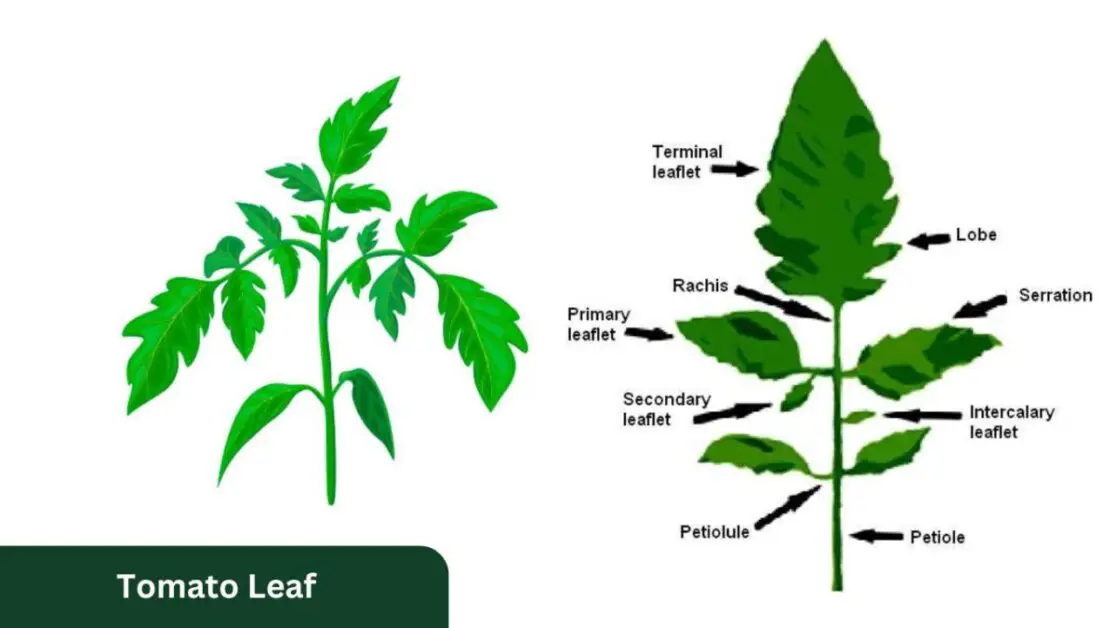
Tomato leaf curling is a common issue that many gardeners encounter, and understanding the potential causes can help in effectively addressing this problem. One possible cause of tomato leaf curling is physiological stress, which can be triggered by factors such as extreme temperatures or fluctuations in weather conditions. When tomato plants experience stress, they may respond by curling their leaves as a protective mechanism.
Another common cause of tomato leaf curling is herbicide exposure. Herbicides containing glyphosate, for example, can cause leaf curling when they come in contact with tomato plants. It’s essential to be mindful of any potential herbicide drift in the vicinity of your tomato plants to prevent leaf curling. Additionally, certain nutrient deficiencies, such as nitrogen or magnesium deficiency, can also lead to leaf curling in tomatoes. Ensuring that your plants receive adequate nutrients through proper fertilization is crucial in preventing this issue.
Symptoms of Nutrient Deficiency in Tomato Leaf
Nutrient deficiencies in tomato plants can manifest in various ways, impacting both growth and productivity. One common symptom is yellowing of the leaves, known as chlorosis, which can indicate a lack of essential nutrients such as nitrogen, iron, or magnesium. Additionally, stunted growth and reduced fruit production may signal deficiencies in phosphorus or potassium. It is crucial to identify and address these deficiencies promptly to ensure the health and vigor of tomato plants.
Another symptom of nutrient deficiency in tomato plants is leaf discoloration or unusual spotting patterns. For instance, purple or reddish discoloration on the leaves could indicate a phosphorus deficiency, while yellow spots with green veins may point to a lack of iron. These visual cues are valuable indicators of the specific nutrients lacking in the plant’s diet, allowing for targeted interventions to correct the imbalance and promote optimal growth and fruit development.
Common Pests that Cause Tomato Leaf Curling
Tomato plants can fall victim to various pests that can lead to leaf curling, affecting the health and yield of your crop. One common culprit is the tobacco thrip (Frankliniella fusca), a tiny insect that feeds on plant sap, causing damage to tomato foliage and stems. The feeding activity of thrips can distort new growth and result in upward curling of tomato leaves. These pests are particularly problematic in hot, dry conditions, making it essential to monitor and control their populations to prevent leaf curling in your plants.
Another notorious pest known for causing leaf curling in tomato plants is the tomato russet mite (Aculops lycopersici). These microscopic pests invade the undersides of tomato leaves, where they feed on plant cells, causing leaf discoloration, curling, and stunted growth. Infestations by tomato russet mites can lead to significant damage if not detected and managed promptly. Regular monitoring and applying appropriate integrated pest management strategies are key to preventing these pests from causing leaf curling in your tomato plants.
Environmental Factors Contributing to Tomato Leaf Curling
Tomato plants are sensitive to their environment, and various factors can contribute to the curling of their leaves. One significant environmental factor is excessive heat. When temperatures soar, tomato plants may exhibit leaf curling as a protective mechanism to reduce water loss through transpiration. Additionally, inadequate moisture levels in the soil can lead to leaf curling in tomatoes. Insufficient water availability can stress the plants, causing their leaves to curl as a response to conserve water within the plant.
Another crucial environmental factor that can lead to tomato leaf curling is improper sunlight exposure. Tomatoes require sufficient sunlight to thrive, but excessive exposure to intense sunlight, especially during the hottest parts of the day, can result in leaf curling. This can happen as a defense mechanism against the harsh sun rays, causing the leaves to curl in an attempt to reduce surface area and limit water loss through transpiration. Optimal placement of tomato plants in areas with adequate sunlight, while providing some shade during the peak hours of the day, can help prevent leaf curling due to excessive sun exposure.
How to Identify Early Signs of Tomato Leaf Curling
Tomato plants are susceptible to various issues, and one common problem that gardeners may encounter is leaf curling. Early detection of this issue can help prevent further damage and protect the overall health of your tomato plants. One of the primary signs to look out for is the curling of the leaves themselves. If the leaves appear unusually curled or twisted, especially in the early stages of growth, this could indicate the onset of leaf curling.
Furthermore, another early sign to watch for is the discoloration of the leaves. If you notice that the leaves are turning yellow or developing unusual spots or patterns, this could also be a potential indicator of leaf curling in tomato plants. Paying close attention to these early signs and taking prompt action can help address the issue before it progresses and affects the overall health and yield of your tomato plants.
Tips for Preventing Tomato Leaf Curling
To prevent tomato leaf curling, it is crucial to ensure your plants are not stressed. Consistent watering is key – avoid fluctuations in soil moisture to maintain plant health. Remember, overwatering can be just as detrimental as underwatering, so finding the right balance is essential for optimal growth. Additionally, providing appropriate nutrients through regular fertilization will help keep your tomato plants strong and resistant to leaf curling.
Another tip for preventing tomato leaf curling is to monitor the overall health of your plants. Inspect them regularly for any signs of disease or pest infestations, as these factors can contribute to leaf curling. Proper plant maintenance, including pruning to improve air circulation and removing any affected leaves promptly, can also help prevent the spread of any potential issues. By staying vigilant and proactive in caring for your tomato plants, you can minimize the risk of leaf curling and help ensure a bountiful harvest.
Best Practices for Watering Tomato Leaf
Tomato plants require consistent and adequate watering to thrive and produce healthy fruit. When it comes to watering your tomato plants, there are a few best practices to keep in mind. Firstly, it’s important to water the plants at the base and avoid wetting the foliage to prevent the spread of diseases. Overhead watering can lead to issues like fungal infections, soaker hoses or drip irrigation are preferable methods. Secondly, tomato plants benefit from deep, infrequent watering rather than frequent shallow watering. This encourages the roots to grow deep into the soil, resulting in a stronger and more resilient plant.
Additionally, the time of day you water your tomato plants can also impact their health. It is recommended to water them early in the morning to allow any excess moisture on the leaves to dry off during the day, reducing the risk of diseases. Avoid watering in the evening as the plants will remain wet overnight, making them more susceptible to fungal infections. By following these best practices for watering your tomato plants, you can help ensure they receive the proper hydration they need to grow vigorously and produce bountiful harvests.
Proper Sunlight Exposure for Tomato Leaf
Tomato plants are sun-loving crops that require ample sunlight to thrive and produce a bountiful harvest. Adequate exposure to sunlight is essential for the process of photosynthesis, where plants convert light into energy to fuel their growth and development. Insufficient sunlight can lead to poor fruit production, stunted growth, and increased susceptibility to diseases and pests.
Ideally, tomato plants should receive at least 6-8 hours of direct sunlight per day to ensure optimal growth and yield. When selecting a location for your tomato plants, prioritize areas with full sunshine and minimal shade to provide the plants with the necessary light intensity. Additionally, be mindful of any obstructions such as trees or buildings that may cast shadows over your tomato plants during the day, as this can interfere with their sunlight exposure. By ensuring proper sunlight exposure for your tomato plants, you can foster healthy growth, robust fruit production, and overall plant vitality.
How to Test Soil pH for Tomato Plants
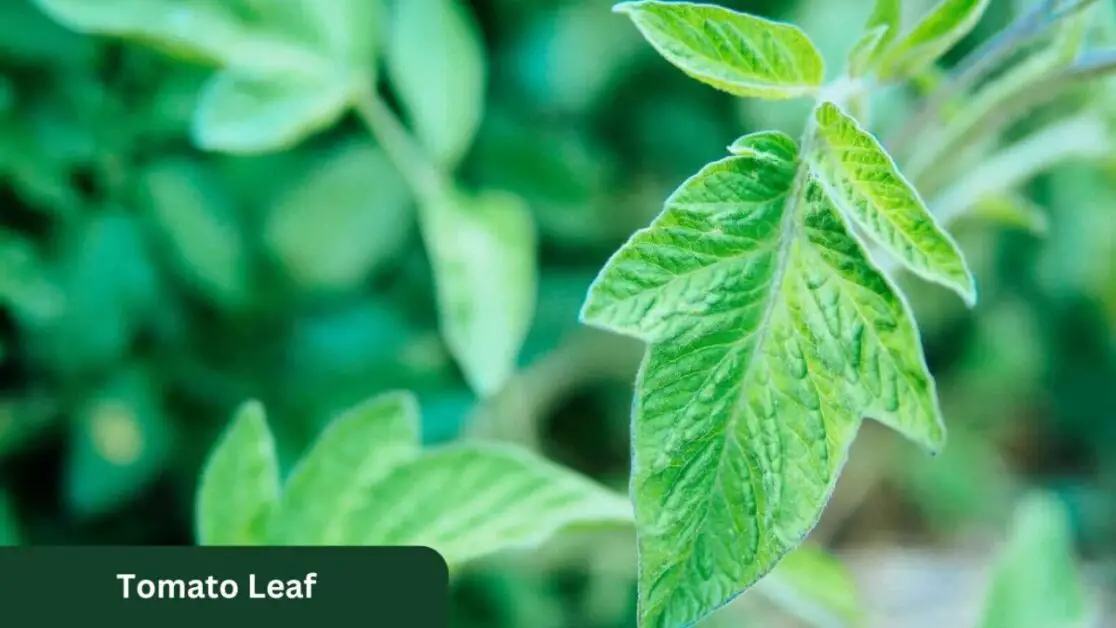
When it comes to growing healthy and productive tomato plants, understanding the soil pH is crucial. Soil pH influences nutrient availability to plants and can significantly impact their growth and development. Testing the soil pH for tomato plants is a simple yet essential step in ensuring optimal conditions for plant growth.
To test the soil pH for tomato plants, you can use a soil pH testing kit available at gardening stores or online. Follow the instructions provided with the kit to collect a soil sample from your garden. Typically, you will mix the soil with a test solution and observe the color change to determine the pH level. The ideal soil pH for tomato plants is between 6.0 and 6.8, slightly acidic to neutral. If the pH levels are outside this range, you may need to amend the soil to create a more suitable environment for your tomato plants to thrive.
Understanding the Impact of Temperature on Tomato Leaf Curling
Tomato plants are sensitive to temperature fluctuations, and these changes can significantly impact the leaves, leading to curling. High temperatures, especially above 85°F (29.4°C), can cause tomato leaf curling as the plant tries to conserve moisture by curling its leaves. On the other hand, cold temperatures below 50°F (10°C) can also trigger leaf curling as a defense mechanism against potential damage from the cold. Therefore, maintaining a consistent temperature range between 55-75°F (12.8-23.9°C) is optimal for preventing leaf curling in tomato plants.
Moreover, extreme temperature variations between day and night can also stress tomato plants, leading to leaf curling. Sudden drops in temperature at night can disrupt the plant’s metabolic processes, causing the leaves to curl as a response to the stress. It is essential to monitor and regulate temperatures in the growing environment to ensure the optimal conditions for tomato plants and prevent leaf curling.
Natural Remedies for Treating Tomato Leaf Curling
When facing tomato leaf curling issues in your garden, there are several natural remedies that can help alleviate the problem. One effective method is the application of a foliar spray made from compost tea. Compost tea is rich in beneficial microorganisms that can help improve the overall health of tomato plants, potentially reducing leaf curling.
Another natural remedy that has shown promise in treating tomato leaf curling is the use of neem oil. Neem oil is a natural plant extract that has insecticidal and anti-fungal properties, which can combat pests and diseases known to cause leaf curling in tomatoes. Applying neem oil to the affected plants according to the manufacturer’s instructions can help mitigate leaf curling symptoms and promote plant recovery.
These natural remedies can be integrated into your gardening routine to help address tomato leaf curling issues in a safe and sustainable manner. By incorporating these solutions, you can support the health and vitality of your tomato plants while minimizing the impact of leaf curling on your harvest.
Signs of Overwatering in Tomato Plants
Overwatering is a common issue that can harm tomato plants, leading to various observable signs. One key indicator of overwatering in tomato plants is the presence of yellowing leaves, especially starting from the lower part of the plant and progressing upwards. Additionally, when tomatoes receive too much water, their leaves may appear wilted, soft, or even mushy to the touch. This is due to the excess water causing root rot, which hinders the plant’s ability to uptake nutrients effectively, manifesting in these physical symptoms.
Moreover, another noticeable sign of overwatering in tomato plants is the development of leaf discoloration or spots, commonly brown or black, which can result from the roots becoming waterlogged and unable to properly oxygenate the plant. As a result, the leaves may start to exhibit these blemishes as a visual representation of the plant’s struggle with the excess moisture. It is crucial to be vigilant and responsive when detecting these signs to prevent further damage to the tomato plants caused by overwatering.
Signs of Underwatering in Tomato Plants
When tomato plants are not receiving an adequate amount of water, they exhibit certain signs that can help gardeners identify the issue. One common indicator of underwatering in tomato plants is wilting leaves. When the plant does not receive enough water, its leaves may become limp and wilted, losing their firmness and vitality. Additionally, the leaves may also become dry and crispy to the touch, indicating a lack of moisture within the plant.
Another noticeable sign of underwatering in tomato plants is leaf yellowing. When plants are not receiving sufficient water, they are unable to transport essential nutrients effectively, leading to a depletion of chlorophyll in the leaves. This lack of chlorophyll results in yellowing leaves, especially starting from the bottom of the plant and progressing upwards. Additionally, the leaves may also show signs of browning or curling at the edges, further highlighting the stress caused by inadequate watering levels.
How to Properly Prune Tomato Plants
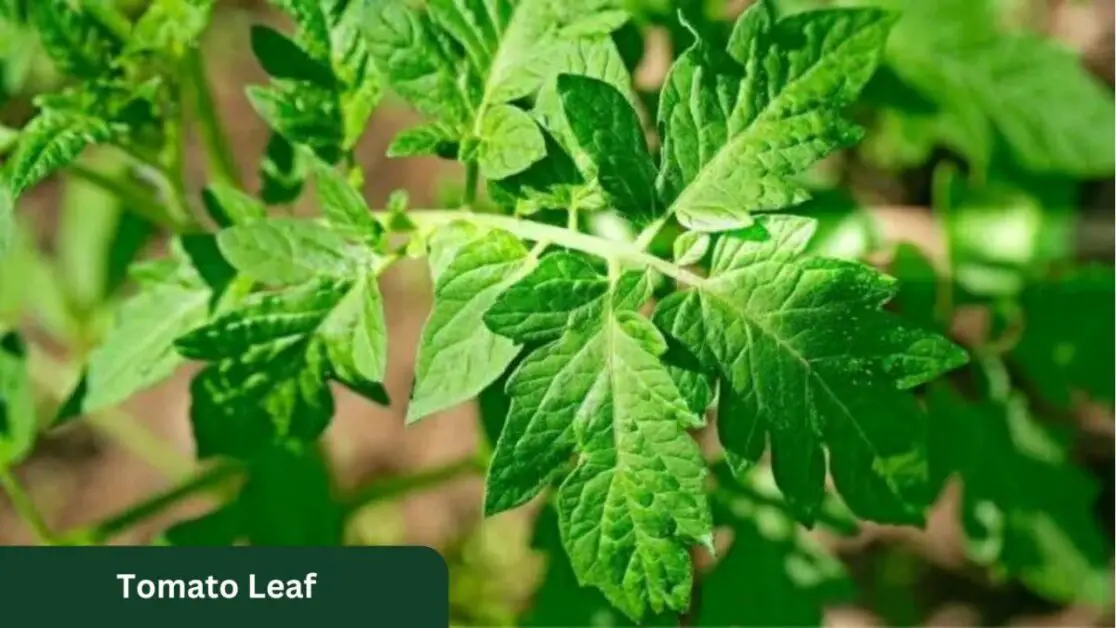
Pruning tomato plants is a crucial aspect of ensuring healthy growth and bountiful harvests. When it comes to tomato plants, proper pruning involves removing non-fruiting branches and suckers to improve airflow, promote better light penetration, and redirect the plant’s energy towards fruit development. By removing excess growth, you can prevent overcrowding, reduce the risk of diseases, and enhance the overall health of your tomato plants.
One key rule to remember when pruning tomato plants is to focus on removing the lower branches and suckers that grow in the crotch between the main stem and the branches. These suckers can divert vital nutrients away from fruit production and lead to a bushier plant with less energy directed towards fruiting. Additionally, pruning should be done regularly throughout the growing season to maintain plant structure and maximize fruit quality. By mastering the art of proper pruning, you can help your tomato plants thrive and produce a plentiful harvest.
here’s a table outlining common issues with tomato leaves and possible causes:
| Problem | Symptoms | Possible Causes | Solutions |
|---|---|---|---|
| Yellowing Leaves | Leaves turn yellow, starting from bottom of plant | Nutrient deficiency (e.g., nitrogen, iron) | Apply balanced fertilizer or amend soil as needed |
| Curling Leaves | Leaves curl upwards or downwards | Water stress, herbicide damage, pests (e.g., aphids) | Adjust watering schedule, avoid herbicides, treat pests |
| Brown Spots | Brown spots on leaves, may have yellow halo | Fungal infection (e.g., early blight) | Apply fungicide, improve air circulation around plants |
| Wilting | Leaves and stems appear limp and droopy | Underwatering, overwatering, root rot | Adjust watering practices, ensure proper drainage |
| Leaf Rolling | Leaves curl tightly inward or roll upward | Water stress, herbicide damage, pests (e.g., spider mites) | Adjust watering, avoid herbicides, treat pest infestation |
| Yellowing Between Veins | Yellowing of leaves between veins | Iron deficiency, nutrient imbalance | Apply iron chelate or balanced fertilizer as needed |
| White Powdery Coating | White powdery substance on leaves | Powdery mildew fungal infection | Apply fungicide, improve air circulation, remove infected leaves |
| Leaf Spotting | Dark spots or lesions on leaves | Bacterial or fungal infection (e.g., Septoria leaf spot) | Apply appropriate fungicide or bactericide, remove infected leaves |
Remember, accurate diagnosis may require careful observation of plant symptoms and conditions, and treatment effectiveness can vary. If problems persist despite efforts, consulting with a local gardening expert or agricultural extension office can provide further assistance.
Importance of Proper Air Circulation for Tomato Plants
Proper air circulation is crucial for the health and vitality of tomato plants. Adequate airflow around the plants helps in the exchange of gases such as carbon dioxide and oxygen, which are essential for photosynthesis. Additionally, good air circulation aids in the prevention of diseases such as fungal infections, as stagnant air can create a favorable environment for pathogens to thrive. By ensuring that your tomato plants receive sufficient airflow, you can significantly reduce the risk of plant diseases and promote overall plant vigor.
Insufficient air circulation can lead to a variety of issues in tomato plants, including the development of mold and mildew, as well as poor pollination. When plants are crowded or located in areas with restricted airflow, they are more susceptible to fungal diseases that thrive in damp, humid conditions. Properly spacing out tomato plants and providing adequate ventilation not only helps in preventing diseases but also encourages better fruit set and overall plant growth.
How does proper air circulation benefit tomato plants?
Proper air circulation helps prevent the buildup of moisture on the leaves, reducing the risk of fungal diseases such as leaf curling. It also helps strengthen the stems of the plants, promoting overall plant health and productivity.
What are some signs that indicate poor air circulation around tomato plants?
Signs of poor air circulation include stagnant air around the plants, excessive humidity, and a lack of movement in the leaves. If you notice these signs, it’s important to take steps to improve air circulation for the health of your tomato plants.
How can I improve air circulation around my tomato plants?
You can improve air circulation by spacing out your plants properly, removing any obstructions that may block airflow, and pruning any dense foliage that may be restricting air movement. Additionally, using fans or opening windows in a greenhouse can help improve airflow.
Can poor air circulation lead to other problems besides leaf curling in tomato plants?
Yes, poor air circulation can also lead to an increased risk of other diseases such as powdery mildew, bacterial spot, and early blight. It can also hinder pollination and fruit development in tomato plants.
Is it necessary to provide artificial ventilation for tomato plants in a greenhouse?
In a greenhouse, providing artificial ventilation such as fans or vents is often necessary to ensure proper air circulation. This can help prevent the buildup of excess moisture and maintain a healthy growing environment for tomato plants.


